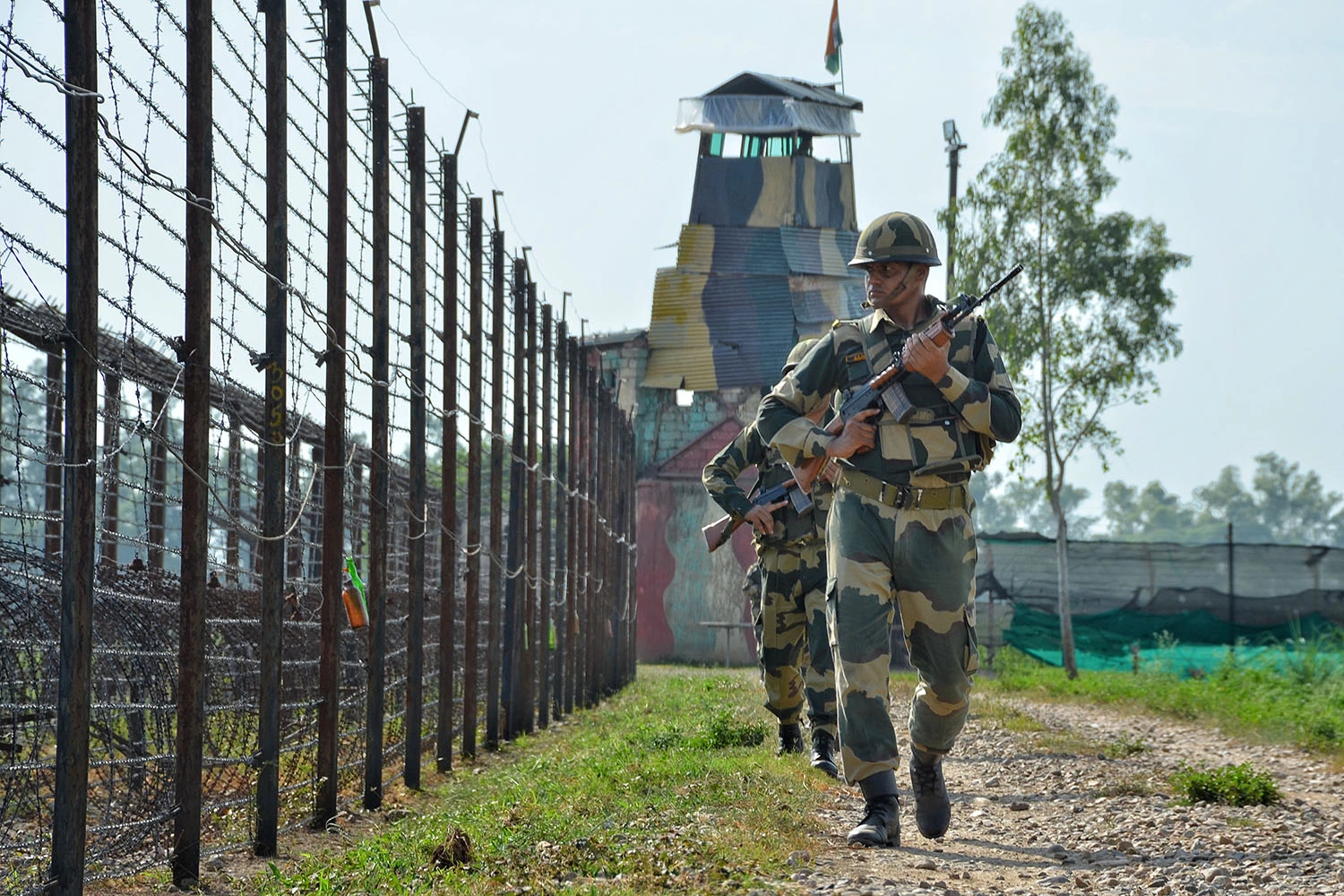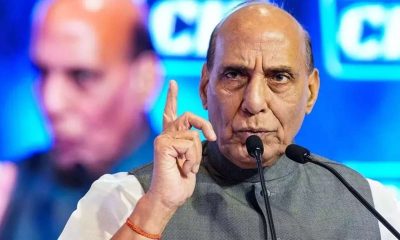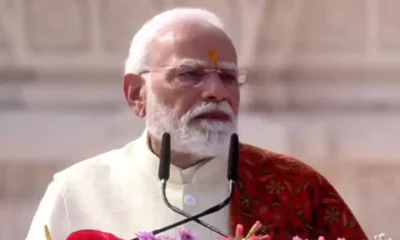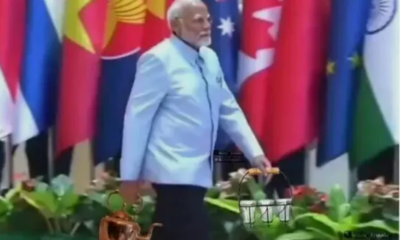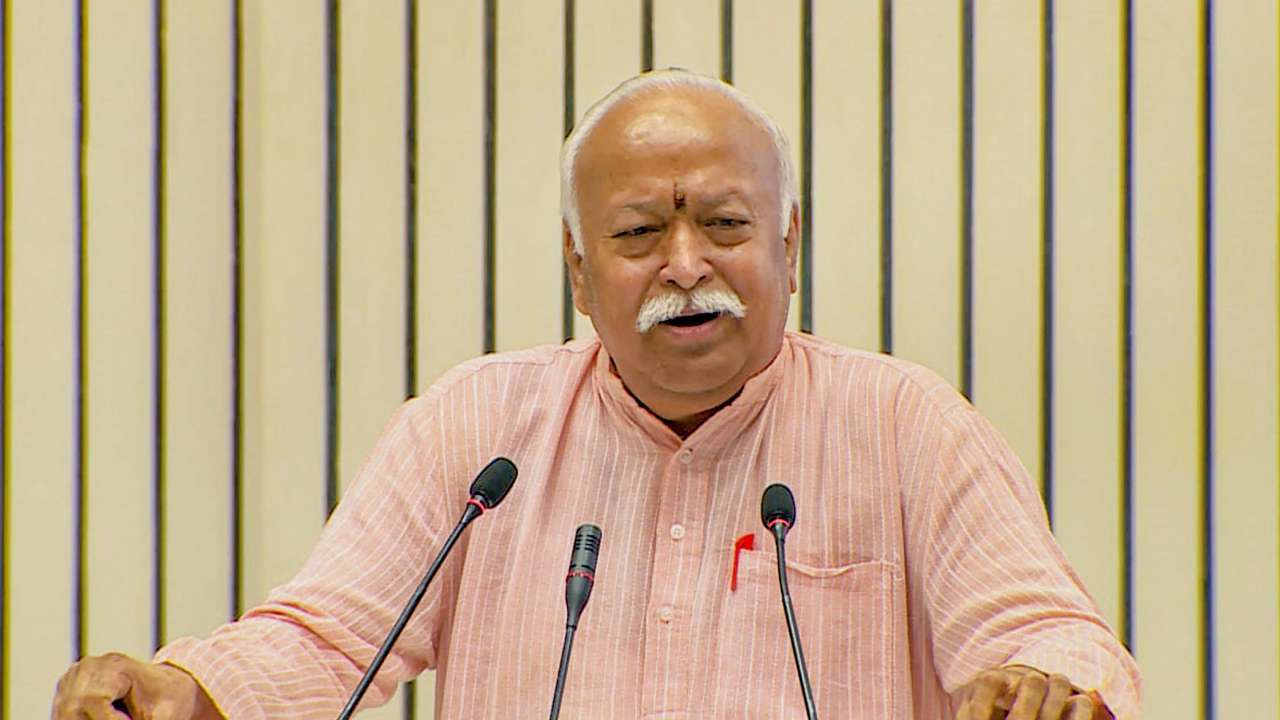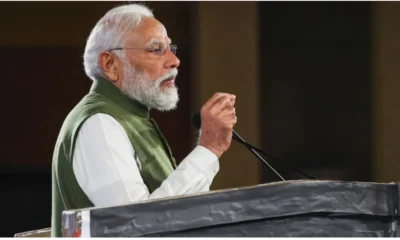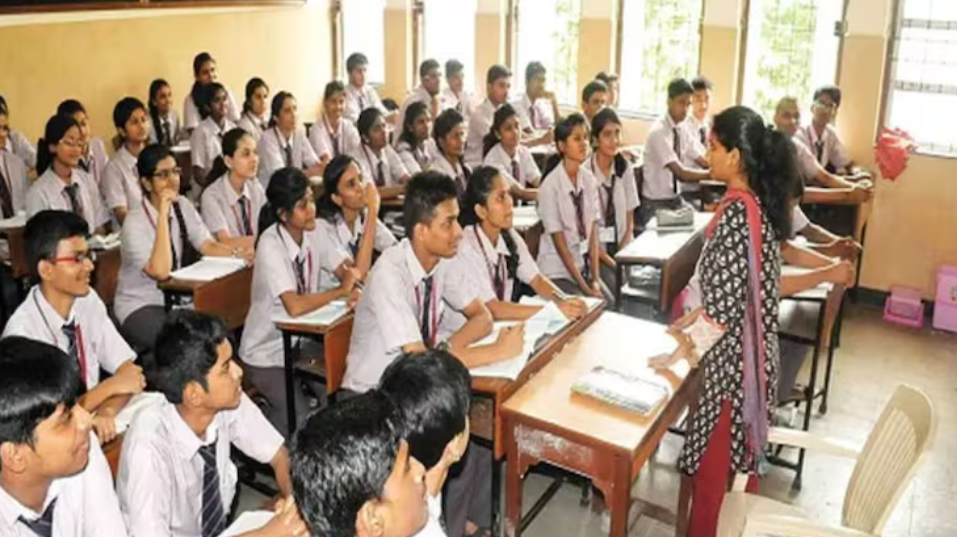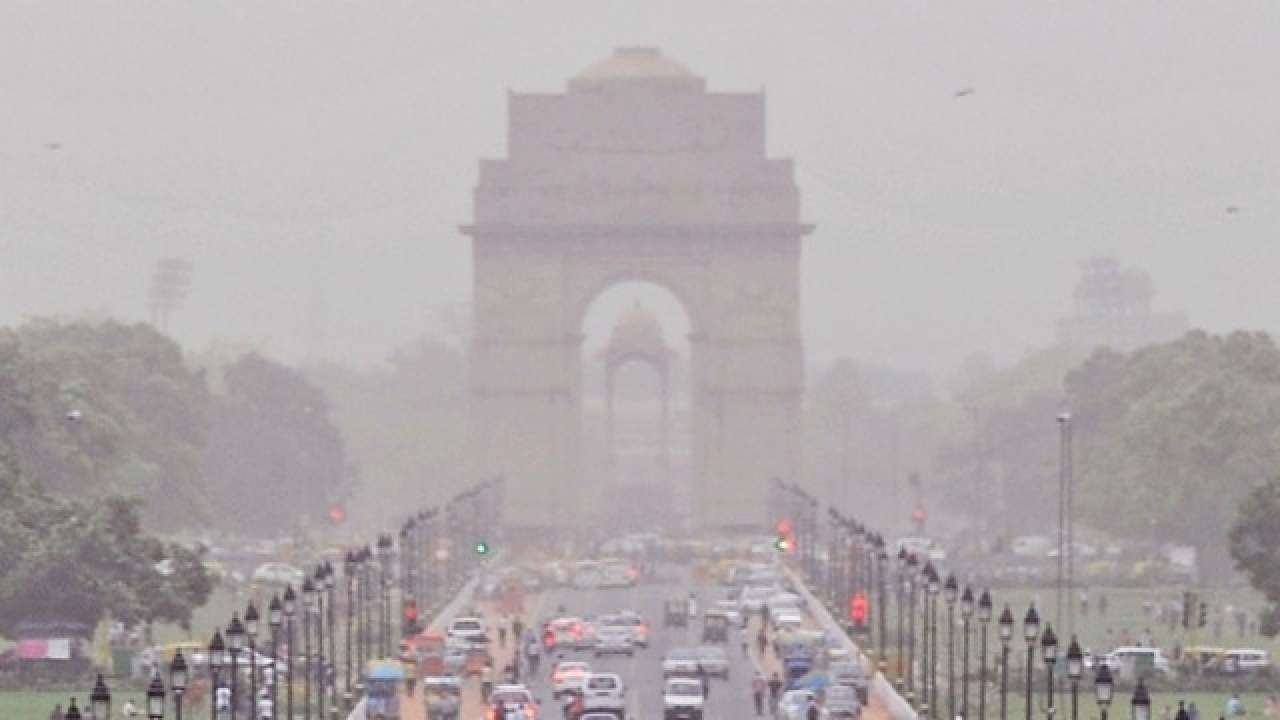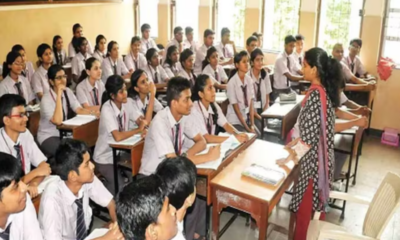The Delhi government has officially brought into force a new law aimed at regulating fees in private schools, notifying the Delhi School Education (Transparency in Fixation and Regulation of Fee) Act, 2025. The notification was issued on Wednesday, nearly four months after the Bill was cleared by the Delhi Assembly and received approval from Lieutenant Governor V K Saxena.
The Act establishes a comprehensive framework to govern how private unaided schools fix and collect fees, with a clear emphasis on transparency, accountability and relief for parents facing repeated fee hikes.
What the new Act provides for
Under the legislation, private unaided recognised schools can charge fees only under clearly defined heads such as registration, admission, tuition, annual charges and development fees. The law caps registration fees at Rs 25, admission charges at Rs 200 and caution money at Rs 500, which must be refunded with interest. Development fees have been restricted to a maximum of 10 per cent of the annual tuition fee.
Schools have also been directed to disclose all fee components in detail and maintain separate accounts for each category. Any fee not specifically permitted under the Act will be treated as an unjustified demand.
The law strictly prohibits the collection of capitation fees, whether direct or indirect. It further mandates that user-based service charges must be collected strictly on a no-profit, no-loss basis and only from students who actually use the service.
Accounting norms and restrictions on surplus funds
To ensure financial transparency, schools are required to follow prescribed accounting standards, maintain fixed asset registers and make proper provisions for employee benefits. The transfer of funds collected from students to any other legal entity, including a school’s managing society or trust, has been barred.
Any surplus generated must either be refunded to parents or adjusted against future fees, according to the notification.
Protection for students and parents
The Act also places restrictions on punitive action by schools in fee-related matters. Schools are prohibited from withholding results, striking off names or denying entry to classrooms due to unpaid or delayed fees.
The law applies uniformly to all private unaided schools in Delhi, including minority institutions and schools not built on government-allotted land.
School-level committees to approve fees
A key feature of the legislation is the mandatory formation of a School-Level Fee Regulation Committee by July 15 each year. The committee will include five parents selected through a draw of lots from the parent-teacher association, with compulsory representation of women and members from Scheduled Castes, Scheduled Tribes and socially and educationally backward classes.
A representative from the Directorate of Education will also be part of the panel, while the chairperson will be from the school management.
Schools must submit their proposed fee structure to the committee by July 31. The committee can approve or reduce the proposed fees but cannot increase them. Once finalised, the fee structure will remain fixed for three academic years.
The approved fees must be displayed prominently on the school notice board in Hindi, English and the medium of instruction, and uploaded on the school website wherever applicable.
The Delhi government had earlier described the legislation as a significant step towards curbing arbitrary fee hikes after widespread complaints from parents at the start of the academic session.
